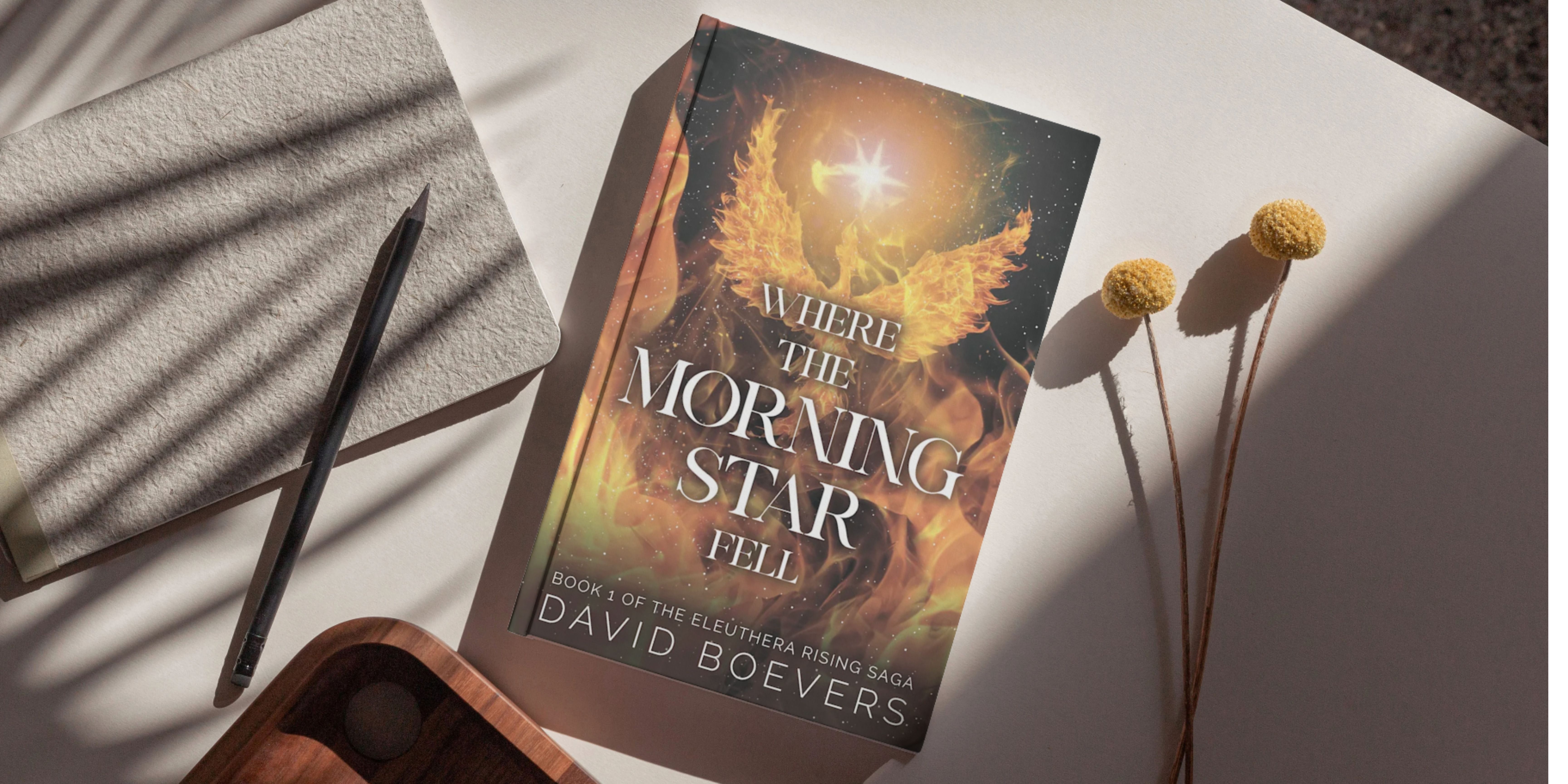Reading Between the Lines: The Art of Subtext

You know that quiet scene you can't forget? Two men sit in a boat, floating in still water. Nothing big happens. And yet, something feels off. An unspoken tension hums beneath the surface.
One adjusts his grip on the oar, though they're not rowing. The other turns his head slightly, listening. A distant splash breaks the silence. Neither speaks. Neither moves.
That's subtext in fiction. It's the quiet unease, the things left unsaid, that make a scene unforgettable for readers who crave deeper, more meaningful storytelling.
What Is Subtext in Fiction?
Subtext is the emotional layer that lives beneath a character's words. It's the discomfort in the silence, the truth behind the lie, the moment when someone says one thing but means something else entirely.
In fiction writing, emotional subtext allows readers to feel what your characters can't or won't express directly. It adds depth, creates narrative tension, and transforms surface-level storytelling into something more immersive and emotionally real.
Why Flat Dialogue Misses the Mark
When characters say exactly what they mean all the time, dialogue feels flat. It lacks the push and pull of real human conversation, where people hide their feelings, deflect with humor, or struggle to articulate what they truly want.
Consider these two exchanges:
Example 1 (Flat):
"I'm angry that you lied to me," she said.
"I'm sorry I hurt you. I won't do it again," he replied.
Example 2 (With Subtext):
She placed his coffee mug on the table harder than necessary. "Interesting weather we're having."
He glanced at the untouched chair across from him. "I should have called."
The second example creates tension. Readers understand the character is upset without her stating it directly. They feel the weight of his acknowledgment without an explicit apology. The conversation becomes a dance around the truth, which is far more engaging than stating emotions outright.
How to Write Subtext That Resonates
Subtext isn't about being cryptic. It's about creating layers of meaning that reward attentive readers and mirror how people actually communicate.
To build strong subtext in your fiction:
- Let characters speak around a topic instead of naming it
- Use body language, pacing, and silence to reveal emotion
- Create contrast between what a character says and what they do
- Allow characters to have different goals in the same conversation
- Use metaphor and symbolism to echo deeper themes
Good subtext mirrors real human behavior. People dodge hard truths. They deflect with humor. They pretend not to notice what's right in front of them. Let your characters reflect that complexity.
Why Subtext Creates More Powerful Fiction
Subtext makes readers part of the process. It asks them to interpret, to connect the dots, and to feel the tension you have carefully woven into the scene.
This is where emotional storytelling takes hold. Readers do not just observe your characters. They feel what those characters are too afraid to say.
The most unforgettable books are not the ones that explain everything. They are the ones that leave space for discovery and trust readers to uncover what truly matters beneath the surface.
How Story Stream Helps You Explore What's Unsaid
Story Stream is a fiction editing tool built for writers who want to go beyond the surface. It does more than check grammar or polish dialogue. It helps you uncover the emotional subtext that drives each scene.
If a moment feels flat or a reaction feels out of place, Story Stream identifies where tension fades or emotional beats fall short. It guides you toward moments of silence, hesitation, and contrast. These are the spaces where your story truly lives.
You are not just editing for structure or clarity. You are shaping the emotional core of your story.
Want to see it in action? Explore our Dialogue Analysis feature and learn how Story Stream helps turn surface-level conversation into something that truly resonates.
Try Story Stream for free with our Blueprint model and start exploring the parts of your story that speak the loudest—without ever being said.
More from the Blog

Interview with David Boevers, Author of Where the Morning Star Fell
Sci-fi author and educator David Boevers shares how Story Stream helps him revise with precision, purpose, and limited writing time. Discover his process, his Eleuthera universe, and how the Chapter Analyzer keeps his revisions on track.

7 Myths About First Drafts That Are Holding You Back
Let go of perfectionism and embrace the messy truth of first drafts. Discover the 7 common myths that keep writers stuck—and the truths that set you free to create boldly, imperfectly, and authentically.

Meet Jessica James: A Story Stream Success Story
Award-winning author Jessica James shares how Story Stream helped her deepen a dual-era historical mystery, uncover fresh ideas, and return to her creative rhythm.

Tension to Twist: Writing Thrillers That Stay With Readers
Build suspense that lingers after the last page with tension, atmosphere, and grounded stakes your readers can feel.

The Shadow That Shapes the Light: Writing Unforgettable Villains
From archetypes to emotional stakes, explore how to craft villains who pressure protagonists, deepen theme, and keep readers turning pages.

From Meet-Cutes to Magic: Crafting HEAs That Truly Land
A practical guide to crafting romance that earns its HEA, balancing authentic chemistry, meaningful conflict, and a satisfying payoff—plus how Story Stream helps you get there.